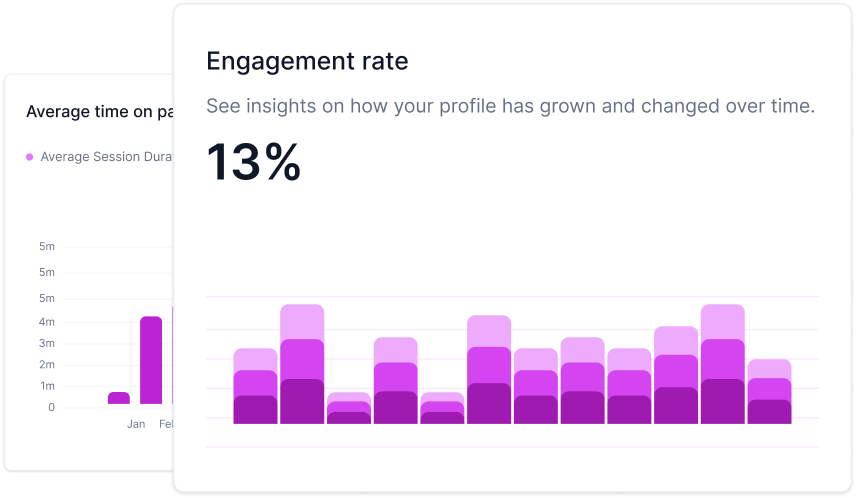What is the Churn Rate?
Churn rate, often called customer churn, is a crucial business metric that measures the percentage of customers who stop using a product or service within a specific period. It helps businesses assess customer retention, identify areas for improvement, and calculate the lifetime value of customers.
Churn rate, a term often heard in the business world, plays a pivotal role in assessing customer retention and business growth. In this article, we'll delve into what churn rate is, answer three crucial questions, and provide insights on how to calculate, interpret, and reduce churn effectively.
What Is Churn Rate, and How Do I Calculate It for My Business?
Churn rate, also known as customer attrition, is a crucial business metric that measures the percentage of customers who discontinue using a product or service within a specific period, typically a month or year. It is calculated using the following formula:
Churn Rate (%) = (Customers at the Beginning of the Period - Customers at the End of the Period) / Customers at the Beginning of the Period
A healthy churn rate varies by industry, but generally, the lower the churn rate, the better. While there is no universally acceptable churn rate, businesses often strive to keep it below 5-7% annually. A higher churn rate may signal a problem with customer retention and may impact your business's sustainability and growth.
What Are the Primary Factors Contributing to Churn, and How Can I Reduce Customer Attrition?
Several factors can contribute to churn, and understanding these factors is essential for devising effective retention strategies. Some common reasons for churn include:
- Poor Customer Experience: If customers have a negative experience with your product or service, they are more likely to leave. Ensuring a seamless and satisfying customer journey is crucial.
- Competitive Offerings: The availability of better or cheaper alternatives can prompt customers to switch to competitors. This highlights the importance of staying competitive in your market.
- Lack of Engagement: Customers who do not actively use or engage with your product or service are more likely to churn. Encouraging and nurturing engagement can make a significant difference.
- Unmet Expectations: If your product or service does not meet the expectations set during the sales or marketing process, customers may become dissatisfied.
To reduce customer attrition:
- Focus on improving the overall customer experience, addressing pain points, and providing excellent customer support.
- Stay informed about market trends and competitors to remain competitive and relevant.
- Implement customer engagement strategies to keep your customers actively using and benefiting from your offering.
- Set clear and realistic expectations during the sales process and ensure they are met.
What Are the Best Practices and Retention Strategies for Minimizing Churn, and How Can I Implement Them Effectively?
To minimize churn effectively, consider these best practices and strategies:
- Customer Feedback: Collect and analyze customer feedback to understand their needs, concerns, and pain points. Use this information to make data-driven improvements.
- Customer Success Teams: Establish customer success teams to proactively engage with customers, offer support, and ensure they are getting value from your product or service.
- Personalization: Tailor your communications and offerings to individual customer needs and preferences. Personalization fosters a stronger connection with your brand.
- Loyalty Programs: Implement loyalty and rewards programs to incentivize repeat business and build long-term customer relationships.
- Regular Check-Ins: Regularly check in with customers to assess their satisfaction, address concerns, and offer assistance.
- Educational Content: Provide customers with educational content that helps them maximize the value of your product or service.
In conclusion, understanding and managing churn rate is vital for the long-term success of any business. By knowing how to calculate and interpret churn rate, identifying factors that contribute to churn, and implementing effective retention strategies, you can reduce customer attrition, enhance customer satisfaction, and foster long-lasting relationships that drive growth and profitability.

